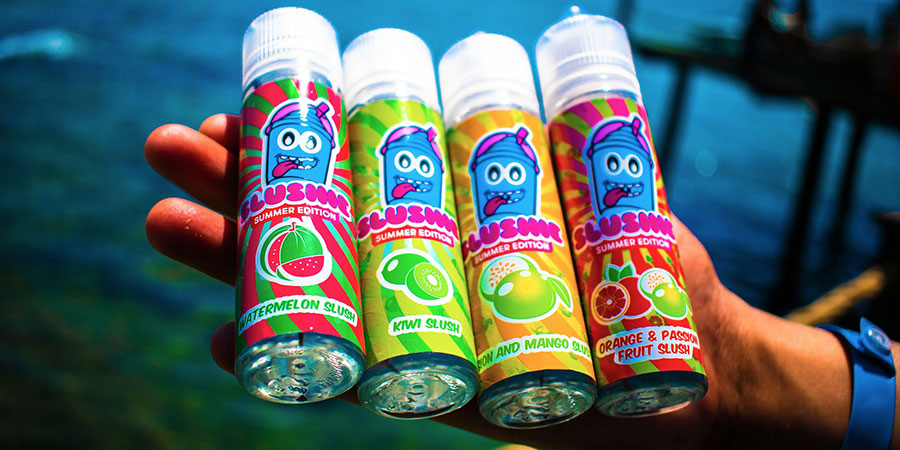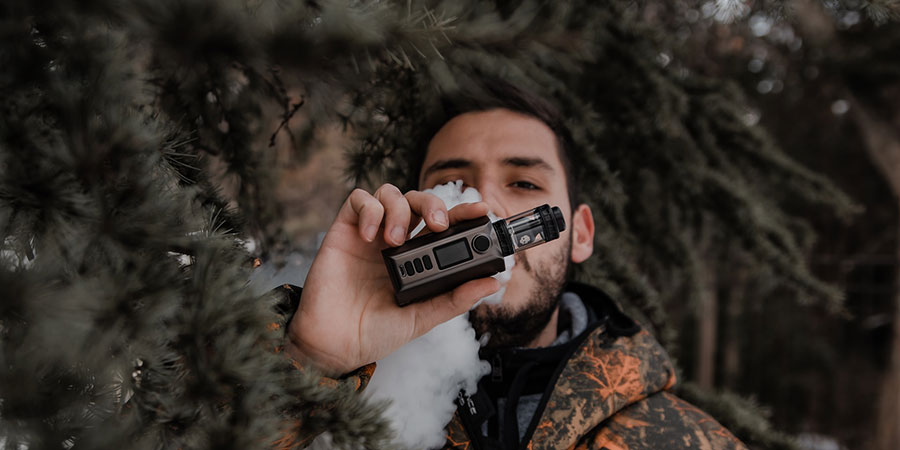The popularity of vaping has soared in recent years, and it has become a prevalent habit among ex-smokers and others who enjoy the vast array of e-juice flavors. In Canada, where health and safety standards are highly prioritized, specific rules and regulations have been set in place to ensure the responsible use of vape products.
Amidst this trend, the market for vape carts has seen a significant surge, offering users a convenient and discreet way to indulge in their preferred vaping experience.
So, whether you’re a resident or a visitor, understanding these regulations is essential for a lawful and respectful vaping experience. Here’s a straightforward look at the key points you should be aware of when vaping in Canada.
Age Restrictions
First and foremost, you must be of legal smoking age to purchase and use vaping products in Canada. The minimum age varies by province or territory, generally being 18 or 19 years old.
Keep in mind that retailers are required to check ID to verify age, and selling vaping products to minors is illegal and subject to penalties.
Nicotine Limits
Canada has set a maximum nicotine concentration limit for vaping products. E-juices can contain no more than 20 mg/mL of nicotine, a threshold meant to protect users from high-dose nicotine addiction risks. This standard aligns with similar regulations in places like the European Union.
Packaging and Labelling
Vaping products in Canada must adhere to strict packaging and labeling requirements. Health warning labels are mandatory, covering a significant portion of the package. These labels caution about the addictive nature of nicotine.
The packaging must also be child-resistant and tamper-evident to reduce the risk of accidental ingestion by children.
Advertising Restrictions
Advertising for vape products is heavily regulated in Canada. The law restricts promotion in any medium accessible to young people. This means no advertising on television, radio, or in print that could be seen or heard by minors.
Also, lifestyle advertising, which can include activities or images appealing to youth, like music or social events, is prohibited.
After all, the aim is to prevent marketing from influencing the habits of young Canadians.
Public Use
Vaping in public places in Canada is subject to both federal and provincial/territorial regulations. Federally, vaping is treated similarly to smoking, meaning that it is banned on domestic flights, in federally-regulated workplaces, and in areas where smoking is prohibited.
Provincially, the rules can vary. Some provinces have incorporated vaping into their smoke-free laws, meaning that anywhere you cannot smoke (like indoor public spaces or workplaces), you also cannot vape.
It’s important to check the specific laws in the province or territory you’re in, as fines for vaping where it’s not allowed can be substantial.

Flavor Restrictions
The allure of flavored vape juice is strong, but Canada has put forward proposals to restrict certain flavors that are attractive to youth.
While not all flavors are banned, the objective is to prevent the marketing of flavors that mimic confectionery, dessert, cannabis, soft drinks, and energy drinks. Be sure to stay updated on local laws as these restrictions can change and may vary by province.
Travel Considerations
When traveling to Canada, the amount of vaping products you can bring with you is regulated. You are allowed to bring a personal supply that is not more than the duty-free allowance, which is typically 200 cigarettes, 50 cigars, 200 grams of tobacco, or 200 tobacco sticks.
For vape liquids and concentrates, you should have no more than a 90-day supply based on your personal use.
Online Sales and Distribution
Online sales of vape products are permitted in Canada, but vendors must comply with provincial and territorial requirements, which can include age verification systems. Distribution of vaping products must also follow specific guidelines, ensuring that they are not sent to provinces where the recipient would be under the legal age limit.
Health Canada Oversight
Health Canada oversees the regulation of vaping products under the Tobacco and Vaping Products Act (TVPA).
Manufacturers and sellers must comply with the act, which includes reporting sales data, ingredients, and research on the health effects and addictiveness of their products.
Enforcement and Penalties
Failure to comply with the regulations can result in significant penalties for both businesses and individuals. This can include fines and, in severe cases, imprisonment. The government takes these regulations seriously to protect public health, especially that of young people.
Conclusion
The regulations surrounding vaping in Canada aim to balance the freedom of adult smokers to enjoy vaping as an alternative to smoking, with the protection of public health, particularly for young people.
Keep in mind that these rules are not just legal formalities; they’re measures put in place to safeguard society from potential harm caused by vaping products. If you vape or are considering vaping while in Canada, it is essential to stay informed about these regulations to ensure you’re compliant.
As these rules may evolve over time, keeping abreast of the latest information is critical. Always remember that the intent behind these regulations is to create a safer environment for everyone and to prevent the potential negative impacts of vaping on health.

